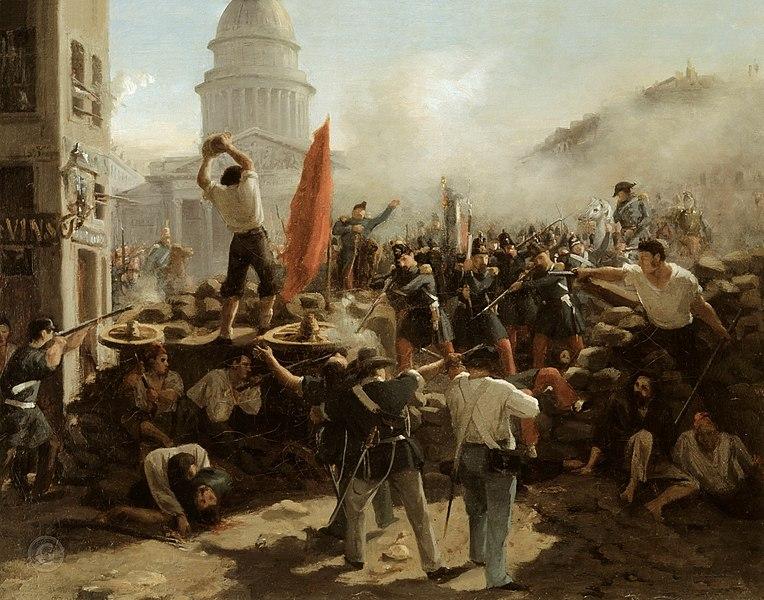Modern Europe, 1789-1914

Europe’s ‘long nineteenth century’ was an era of unprecedented turmoil and transformation in every sphere of human life. It was an era of secularization, but also of religious revival; an era of deepening connectivity, but also of disconnection; as life sped up in some places, it seemed to slow in others; the more modern urban spaces became, the more ‘backward’ rural communities appeared. Nineteenth-century Europe witnessed the birth of great transnational movements but also the ascendancy of the nation state. Rapid economic growth gave rise to political and social tension, while transforming the physical environment. The rise of the university disciplines, from history and sociology to the natural sciences, provided people with new ways of situating themselves in the world. Politics, once the concern of small, educated elites, became a mass phenomenon. Painting and literature registered these changes in oblique ways. It was a century of emancipation, but also of slavery, misogyny, and profound social inequalities.
A recognizably ‘Modern Europe’ came into being during the long nineteenth century. Between 1789 and 1914, new political cultures emerged. Democratization gathered pace. Technological innovations led to rapid urbanization and industrialization. Identities diversified and communities formed and fragmented. The arts evolved in directions that had been inconceivable a century before. All of these changes took different forms and unfolded at different speeds in different parts of the continent. And yet, as the long nineteenth century went on, Europe was in many ways a more united place than ever before. High culture, railways and science were only some of the forces that created a common European sensibility. By 1914, modern Europe had many features that would be familiar in our own time.
This Outline introduces students to modern European history by exploring in detail how those features emerged between 1789 and 1914. A sequence of epochal revolutions and major wars changed the borders and prospects of the continent. Dramatic events and charismatic personalities gave rise to new nations, political systems and popular movements. Students will reconstruct the origins, sequence and effects of these events as independent topics that provide an overall chronology to structure their knowledge and understanding. But they will also reflect on the concepts historians use to make sense of this period. They will encounter Europeans from all classes and from all parts of the continent. They will reflect on the impact of European imperial power in the wider world. Drawing both on long-established and very recent historiographies, and varied methods of historical enquiry, they will come to explain the period in a way that combines themes, processes, events, and individuals in a multi-dimensional view of the past. Weekly topics will embed, or mainstream, some of the deepest and most significant causes of historical change, including gender, class, and the global entanglements of European nations.
Image: Painting by Horace Vernet entitled On the barricades on the Rue Soufflot, Paris, 25 June 1848 (1848-1849).
